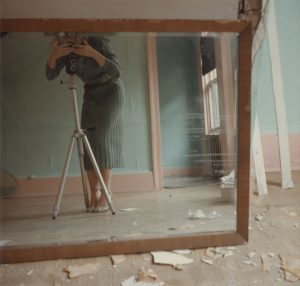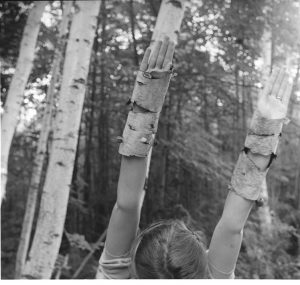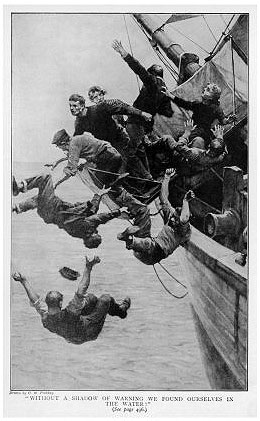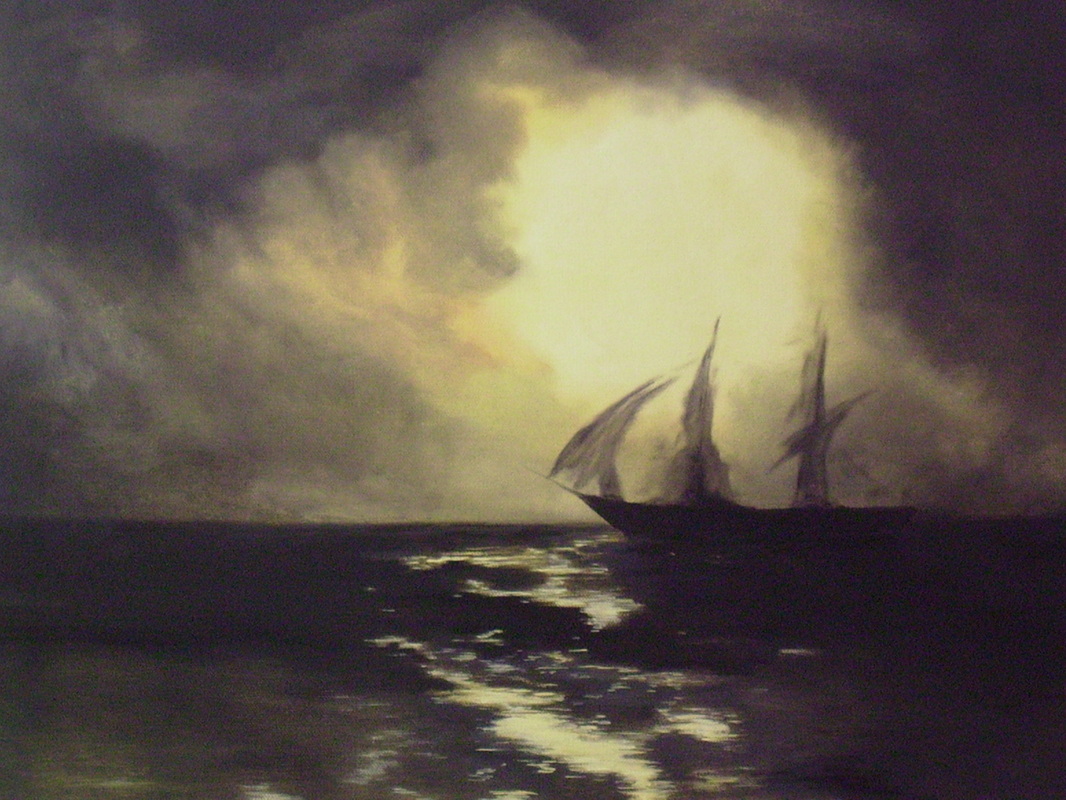Carlos Spottorno
Having confirmed a plan in producing photographic responses to my travels throughout the Mediterranean, I wanted to investigate some methods in making this kind of photography more original unique. As discovered in my previous blog post, the genre of Travel Photography is now very crowded due to its accessibility and ease of involvement. There is little originality in documenting the landscapes and atmospheres of foreign locations as it can essentially be done by anyone. Consequently, I may have to indulge in some peculiar methods in order to make my work more personal and distinctive. With this plan in mind, I began looking at the work of Carlos Spottorno. Carlos Spottorno is a Spanish documentary and Travel photographer with an artistic background who has focused his main personal projects on subjects related to power shifts, economy, and social issues that shape the real world. Born in Budapest in 1971, Spottorno has travelled all across the globe, generating editorial, commercial and personal projects that possess some fork of message or deeper meaning.
One of his projects called “The PIGS” bears some visual resemblance to the work I am producing due the synonymous European environments explored. For this project, Spottorno intended to capture Portugal, Italy, Greece and Spain through the eyes of the economists. PIGS is a term coined by the business and financial press as a way to refer to Portugal, Italy, Greece and Spain during their current financial plight. These countries are all united in facing vast loss in historical prominence and are hence grouped together under this banner. What started as a pejorative label used by neoconservatives, mainly from English speaking countries, was eventually taken up for some time without any qualms by the media. Excessively high levels of public and private debt, government deficits, a property bubble and very disappointing political and economic policies, have put the PIGS in the crosshairs. It is alleged that the PIGS won’t be able to bear the pressure of sharing a common currency with their stronger European brethren. Spottorno states:
“I have often asked myself how, after so many centuries of splendor, could these countries have come to their current destitute state. What happened to Greece, the cradle of Western Civilization? What became of Italy, heir to the Roman Empire and endowed with one of the richest artistic heritages in the world? What went wrong with Portugal, the first global naval power in history? At what point did Spain and its empire, on which the sun never set, see the onset of their decline? I believe the root-cause of our countries’ current sorry state of affairs is to be found in the distant past. Issues that for many centuries piled up on our doorsteps are now rearing their heads and plain to see.”
Spottorno continues, arguing that the PIGS view themselves, rightly, as the architects, and as the stem cells from which the idea of Europe developed. Southern Europe resists admitting its loss of political stature in the global political arena, seeing itself as the wellspring of Western Civilization. Spottorno sees The PIGS as old, cynical and individualistic countries. I think this is a really interesting concept, and I something that I have frequently thought about in the past. Its quite staggering how these countries were formerly, some of the most powerful and dominant forces on the planet and now are simple, weak shadows of these former identities. I think that Spottorno had an excellent lead for a photographic project here, due to the passion he had behind the project. He attempts to illustrate the stereotypes brought up by the term PIGS. In other words, what we would see if we were to translate into images the articles we read in the financial press. He intends to present how he imagines economists perceiving these countries. The result is a collection of clichés, some true and incomplete. The same way a travel guide carefully avoids anything seemingly unattractive, this book shows much of what we find embarrassing, oftentimes rightly, and at times unfairly. What stands out the most is the glaring absence in these images of all that is positive, beautiful and promising in these countries.


The photographs within the PIGS project represent, visually, my initial intentions for this study. The photographs concentrate primarily on the landscape and significance of the local environment which is what I wished to do as well. They occasionally feature a subject within the foreground who can provide context and intrigue surrounding the narrative. Nevertheless, my travels around the Mediterranean do not possess the same kind of depth and meaning that Spottorno has here. The reason why the PIGS project is so successful is due to the direct, concentrated proposition organised by Spottorno. He has discovered something that he is passionate about and ensured absolute focus upon this for his photographs. On the other hand, this kind of depth or internal meaning is absence from my work, meaning minimal focus would be achieved on my shoots. This is why I would like to find something more unusual for my work, and fortunately Spottorno has another project that I would like to reference.
LA GRIETA / THE CRACK
In December 2013 reporter Guillermo Abril and Spottorno received from the assignment of preparing a series of stories about the European Union’s external borders. THE CRACK is Spottorno’s field journal as he followed the border from Africa to the Arctic with the aim of identifying the causes and consequences of Europe’s identity crisis. Halfway between a photobook book and a graphic novel, in as much as it uses narrative elements of the latter, the end result is not a story based on actual events: these are actual events. At the time the media’s coverage was focused on the migration flows in Melilla and the Southern Mediterranean. The great migrant exodus in the Balkans, and the attacks in Paris and Nice were still a long ways in the future. The war in Ukraine seemed to have stabilized, and the United Kingdom hadn’t yet voted to leave European Union. These and many other events would take place over the course of time it took them to cover their assignment, which took them all the way from Melilla to the Arctic. After three years working on the story, several covers, dozens of pages in magazines, and a World Press Photo, the authors set out to convey, with the 25,000 photographs and 15 notebooks they had compiled, the story of what is happening on the European Union’s borders, making use of an innovative narrative form.


This project is a perfect example of how to present Travel Photography in an innovative and original way in order to separate it from the crowded genre and boring photographs. Spottorno has borrowed the aesthetic of comic-book art presenting his images upon paneled pages with a typical comic-book filter employed onto the images. The pages feature speech bubbles and narration boxes, just like a comic book would, enabling a narrative to be told. The idea is very imaginative and a good representative of the originality I intend to capture for my travel photography. By presenting the images in this way, Spottorno is provided his travels around the globe with a story and sense of progression. The portfolio becomes more than just images, and Spottorno has created a professional and sophisticated final product. This is something that I would like to replicate for my Environmental project, essentially utilizing the travel photograph as a backdrop for something greater and more creative. Whilst the visuals of the PIGS project can still be echoed, I would like to incorporate an individual style through the editing stage, perhaps taking advantage of my artistic abilities as I have done in the past. The next stage is to try and think of an concept i manipulating my shoots that is original and individually relevant.













